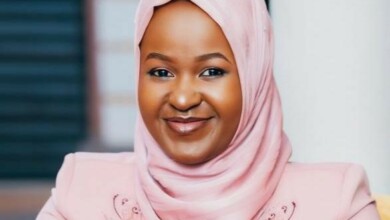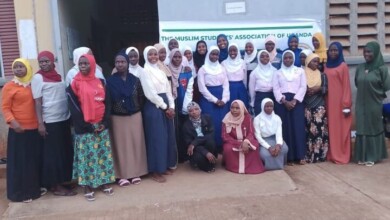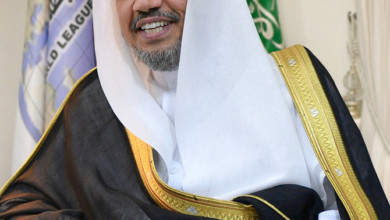Demystifying the Niqab

By Rehma Raja Nakiranda
What is the niqab? A niqab is simply a piece of clothing that obscures the wearer’s face leaving only the eyes.
In Uganda, the niqab was for long looked at as a part of the foreign culture for it was donned by Somalis and people from Mombasa. The advent of the Tabliq and the Salaf movements in Uganda in the early 1990s, saw Jilbab commonly known as jalabibu and Niqab become ‘Ugandan’ with the wives of the Sheikhs donning the attire.
Misrepresentation of the Tabliq and Salaf with affiliation to ADF, ISIS, and Al-Qaeda, the niqab became a symbol of tyranny. It didn’t help much that most of the sisters that donned the niqab in Uganda then were very strict and uncompromising, the niqab took on an aura of foreboding.
The myths surrounding the niqab also added another level of foreboding to how it was perceived. The niqab was a lifetime commitment and once worn it was a sin to remove it. This view was not backed by any proof from the Quran or Sunnah but it is a view still held by some. The niqab then became a symbol of almost unattainable piety.
With easy access to knowledge of Islam, more and more sisters are firmly walking their hijab journey with ample knowledge of Islam. The niqab lost all the foreboding as it has now become a symbol of modesty. As it should have always been.
Donning the niqab is in a way a measure of Imaan (faith) in regards to only modesty, not piety. Sometimes the misconstruing of the niqab being a measure of piety comes from the sacrifice the wearer chooses to make. For, wearing the niqab exposes the wearer to extra scrutiny as well as excluding the wearer from many employment opportunities.
In Uganda, the niqab still bears the stigma from the 1990s with people being surprised that an educated person can choose to wear the niqab or that some niqabis are educated and the world over it is seen as the epitome of oppression of women’s rights.
Social media has, however, helped immensely dispense that stereotype with female Muslim influencers, models, teachers, doctors, engineers, and life coaches identifying with the niqab.





